Resources
1080p HD Video (SMPTE 274:2008)
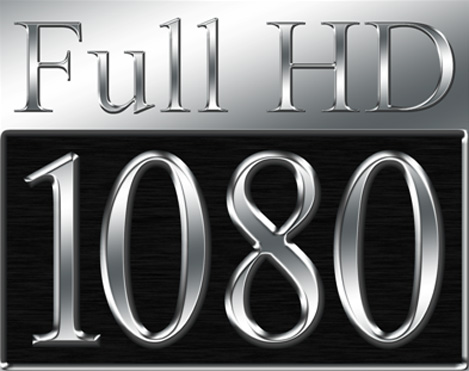
This standard defines a family of image sample structures for the representation of stationary or moving two-dimensional images sampled temporally at a constant
frame rate and having an image format (sample structure) of 1920 × 1080 and an aspect ratio of 16:9
Link to SMPTE
Link to Wikipedia
720p HD Video (SMPTE 296:2012)

This standard defines a family of progressive image sampling systems for the representation of stationary or moving two-dimensional images sampled temporally at a constant frame rate and having an image format of 1280 pixels by 720 lines and an aspect ratio of 16:9
Link to SMPTE
Link to Wikipedia
Advanced Encryption Standard (AES)
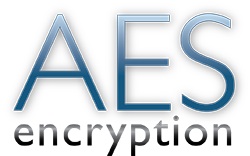
The Advanced Encryption Standard (AES) specifies a FIPS-approved
cryptographic algorithm that can be used to protect electronic data. The AES algorithm is a
symmetric block cipher that can encrypt (encipher) and decrypt (decipher) information.
Encryption converts data to an unintelligible form called ciphertext; decrypting the ciphertext
converts the data back into its original form, called plaintext.
The AES algorithm is capable of using cryptographic keys of 128, 192, and 256 bits to encrypt
and decrypt data in blocks of 128 bits.
Link to Wikipedia
Download AES Document (FIPS Pub 197)
Ethernet (IEEE 802.3)

Ethernet is a physical and data link layer technology for local area networks (LANs). Ethernet was invented by engineer Robert Metcalfe. In late 1972, Metcalfe and his Xerox PARC colleagues developed the first experimental Ethernet system to interconnect the Xerox Alto, a personal workstation with a graphical user interface. Through the efforts of Digital, Intel and Xerox, 'DIX' Ethernet became the standard model for LAN's worldwide. Since then, speeds and media types have consistently increased. In April 2013, IEEE launched a study group to explore development of a 400 Gbps Ethernet standard to support booming demand for network bandwidth.
Link to IEEE Standards
Link to Wikipedia
H.264
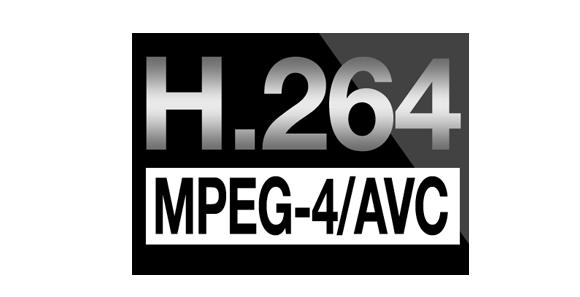
H.264 is a next-generation video compression format. H.264 is also known as MPEG-4 AVC. Developed for use in high definition systems such as HDTV, Blu-ray and HD DVD as well as low resolution portable devices such as Sony’s PSP and Apple’s iPod, H.264 offers better quality at lower file sizes than both MPEG-2 and MPEG-4 ASP (DivX or XviD).
Link to Wikipedia
Link to ITU
Internet Small Computer Systems Interface (iSCSI)
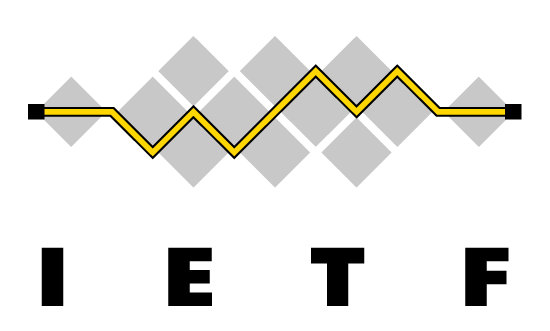
The iSCSI protocol describes a means of transporting SCSI packets over TCP/IP (see [RFC791], [RFC793],[RFC1035], [RFC1122]), providing for an interoperable solution which can take advantage of existing Internet infrastructure, Internet management facilities, and address distance limitations.
Link to RFC 3720
Link to Wikipedia
Small Computer Systems Interface (SCSI)
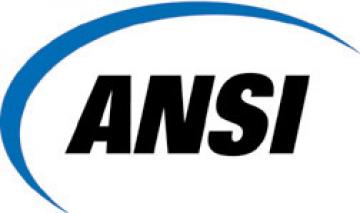
SCSI is a standard for parallel interfaces that transfers information at a rate of eight bits per second and faster, which is faster than the average parallel interface. SCSI-2 and above supports up to seven peripheral devices, such as a hard drive, CD-ROM, and scanner, that can attach to a single SCSI port on a system's bus. SCSI ports were designed for Apple Macintosh and Unix computers, but also can be used with PCs. Although SCSI has been popular in the past, today many users are switching over to SATA drives.
Link to Wikipedia
Link to SCSI Trade Association
FCC PART 15—RADIO FREQUENCY DEVICES
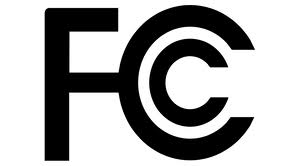
This part sets out the regulations under which an intentional, unintentional, or incidental radiator may be operated without an individual license. It also contains the technical specifications, administrative requirements and other conditions relating to the marketing of part 15 devices.
Link to FCC PART 15 Regulations
Further Explanation on Low Power Devices
Metro Ethernet

A metropolitan-area Ethernet, Ethernet MAN, or metro Ethernet network is a metropolitan area network (MAN) that is based on Ethernet standards. It is commonly used to connect subscribers to a larger service network or the Internet. Businesses can also use metropolitan-area Ethernet to connect their own offices to each other. (from Wikipedia)
Link to Wikipedia
Link to Metro Ethernet Forum Standards
NFPA 70: Standard for Electrical Safety in the Workplace
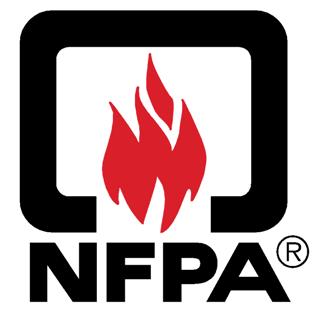
The 2012 NFPA 70E responds to the challenges, making it easier to ensure an electrically safe working area and comply with OSHA 1910 Subpart S and OSHA 1926 Subpart K.
Link to NFPA Site
Link to Wikipedia
NFPA 80: Standard For Fire Doors & Other Opening Protectives
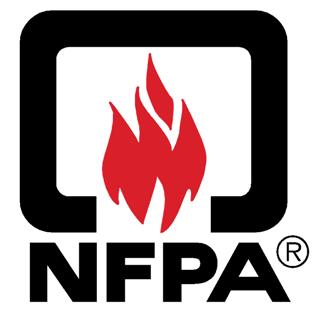
This standard regulates the installation and maintenance of assemblies and devices used to protect openings in walls, floors, and ceilings against the spread of fire and smoke within, into, or out of buildings.
Link to NFPA Site
Payment Card Industry (PCI) Data Security Standard (DSS)
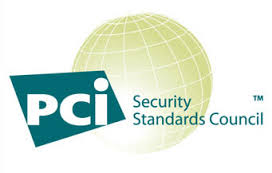
The Payment Card Industry (PCI) Data Security Standard (DSS) was developed to encourage and enhance cardholder data security and facilitate
the broad adoption of consistent data security measures globally. PCI DSS provides a baseline of technical and operational requirements
designed to protect cardholder data
Link to PCI Documents
PCI DSS Cloud Computing Guidelines
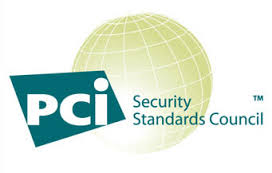
This document provides guidance on the use of cloud technologies and considerations for maintaining PCI
DSS controls in cloud environments. This guidance builds on that provided in the PCI DSS Virtualization
Guidelines and is intended for organizations using, or thinking of using, providing, or assessing cloud
technologies as part of a cardholder data environment (CDE).
Link to PCI Cloud Guidelines
UL - Access Control System Units (UL 294)
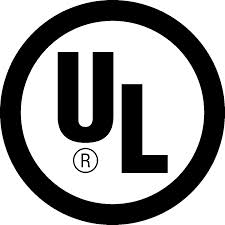
These requirements apply to the construction, performance, and operation of physical access control equipment and/or systems intended to regulate or control:
a) Entry into and/or exit from a controlled area, protected area or a restricted area or
b) Access to or the use of a device(s) by electrical, electronic or mechanical means.
Link to UL 294 Table of Contents
UL - Power over Ethernet...for Access Control (UL294B)
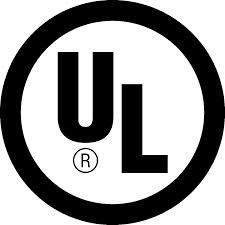
This standard provides requirements for the evaluation of Power over Ethernet (PoE) power sources for access control systems and equipment. The power sources may be provided integral with the access control equipment or as a separate device supplying power. The equipment is intended to comply with Article 725.121, Power Sources for Class 2 and Class 3 Circuits, of the National Electrical Code, NFPA 70. Equipment covered by this standard provides a nominal source voltage of 48 or 53 V DC.
Link to UL 294B Table of Contents
UL - Safety of Information Technology Equipment (UL 60950)
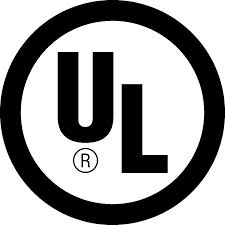
This standard is applicable to mains-powered or battery-powered information technology equipment, including electrical business equipment and associated equipment, with a RATED VOLTAGE not exceeding 600 V and designed to be installed in accordance with the Canadian Electrical Code, Part I, CSA C22.1; CSA C22.2 No. 0; and the National Electrical Code, NFPA 70 .
The standard is also applicable to equipment, unless otherwise identified by a marking or instructions, designed to be installed in accordance with Article 645 of the National Electrical Code, NFPA 70, and the Standard for the Protection of Electronic Computer Data-Processing Equipment, NFPA 75.
Link to UL 60950 Table of Contents
Test Page Box PDF File
UNIFIED FACILITIES CRITERIA (UFC)
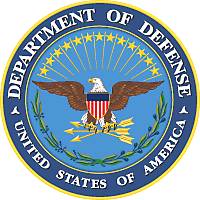
DoD Mimimum Antiterrorism Standards for Buildings - The Unified Facilities Criteria (UFC) system is prescribed by MIL-STD 3007 and provides planning, design, construction, sustainment, restoration, and modernization criteria, and applies to the Military Departments, the Defense Agencies, and the DoD Field Activities in accordance with USD (AT&L) Memorandum dated 29 May 2002. UFC will be used for all DoD projects and work for other customers where appropriate.
...courtesy of Assa Abloy Americas University
Link to Standard
